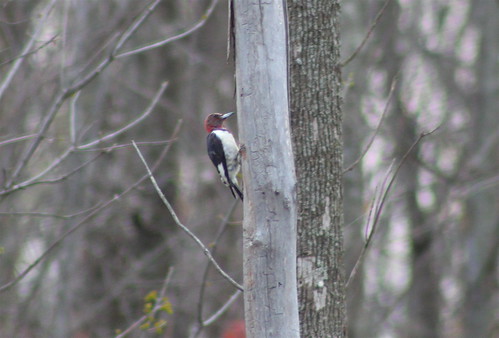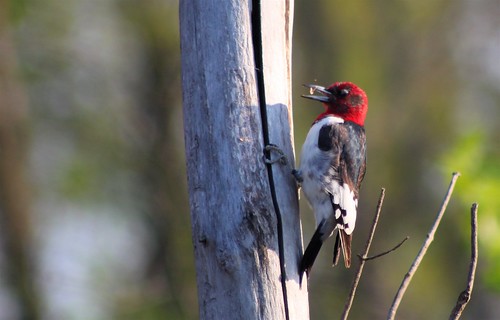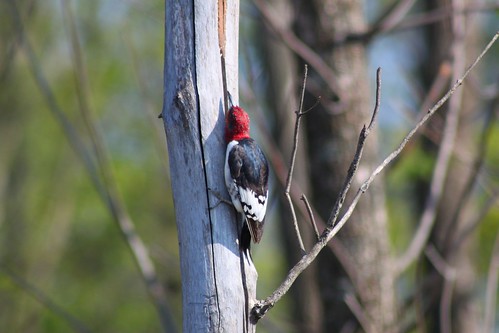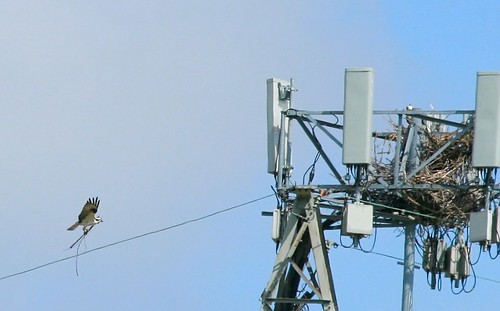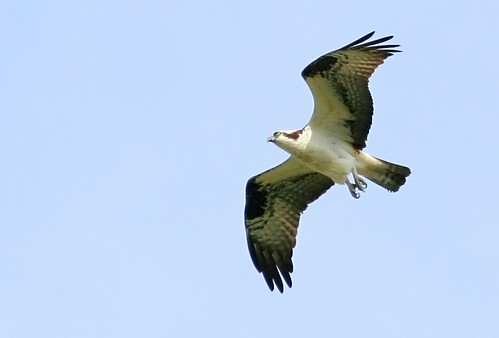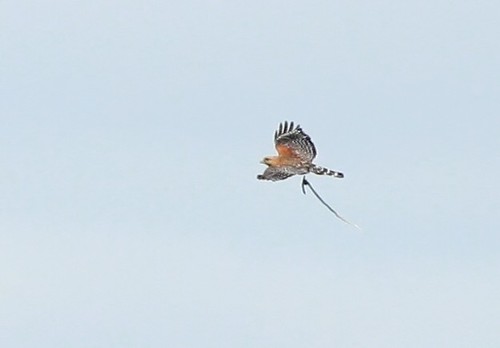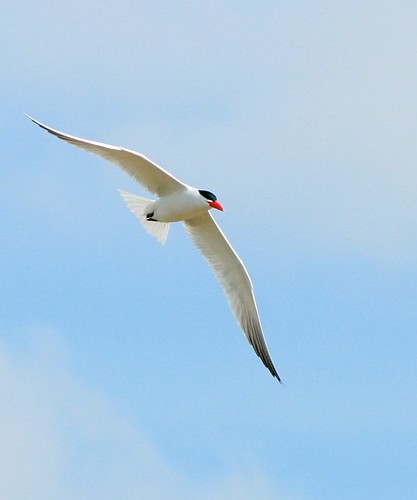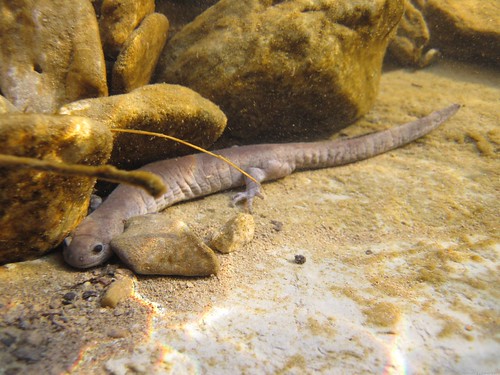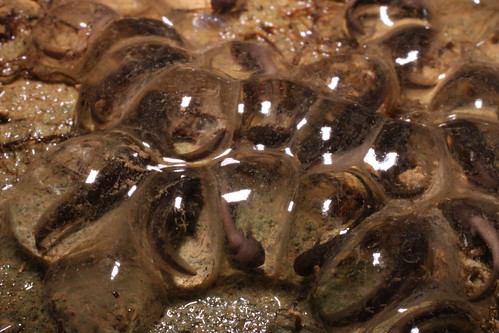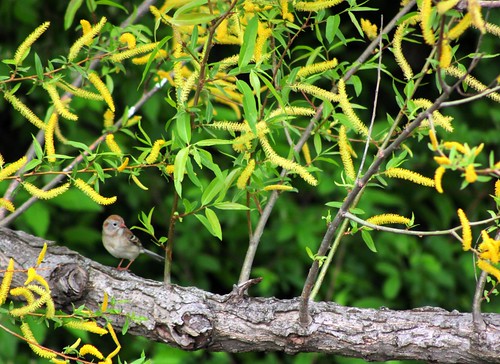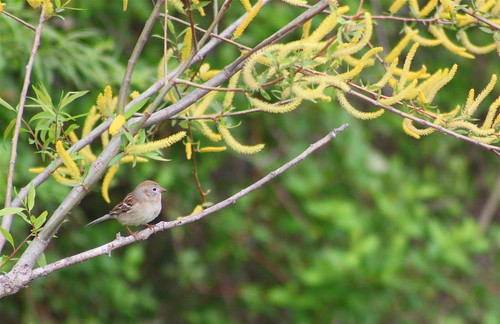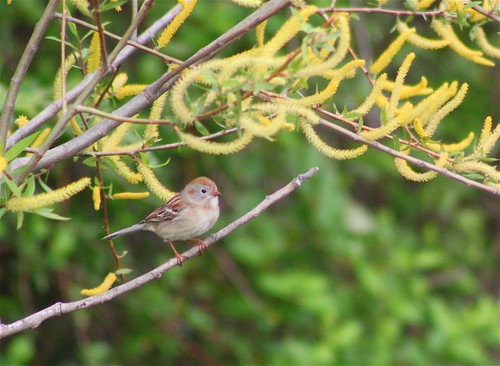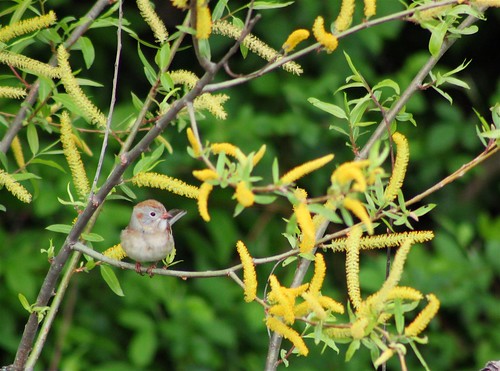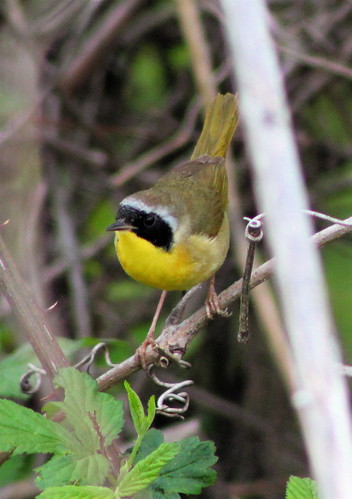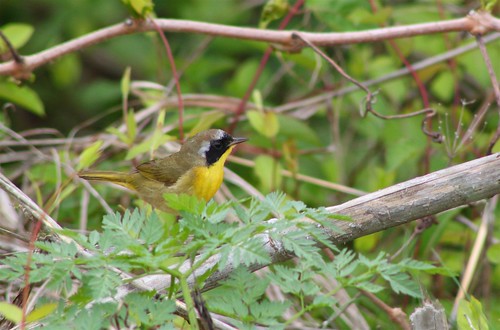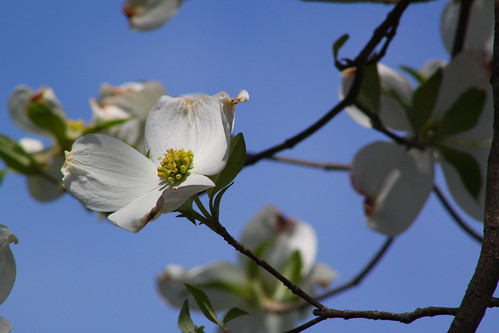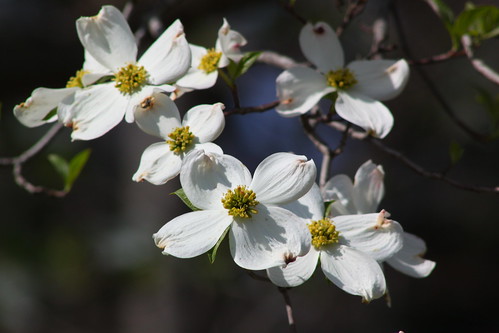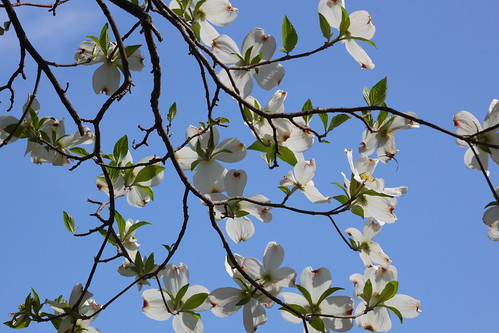Have you ever been stuck at home, and thought, “I can’t wait to get out of here to go birding”? Well, I’m going to go with the old adage, “Stop and smell the roses”! Sometimes, if we just slow down and take a look around our own yard we can see so many things!
For example, this week I have discovered this little Yellow Rumped Warbler foraging around in a tree in my backyard. I have never seen a Warbler in my yard before!
Yellow Rumped Warbler
Yellow Rumped Warbler
I find House Finches great fun to watch! I have noticed that they will sit at the feeder and break the shells on the blackoil sunflower seed, somehow in their mouth, without ever having to hold it. I haven’t quite figured out how they do it, but it is amazing! I notice Gold Finches do this also.
House Finch
They have been pairing up lately! I thought these two were cute, because it looked like they were “playing coy”, not looking at each other! (They were probably just wishing I would mind my own business!)
House Finches
Here are a few other birds I have seen lately around my yard!
Downy Woodpecker
Hairy Woodpecker
Carolina Wren
Northern Cardinals
Tufted Titmouse
American Robin
Mourning Dove
Red Tailed Hawk
I also find Carolina Chickadees great fun to watch! They flit around constantly and do not make it easy for photographers! I have noticed they will hit the feeder, grab a seed, and dart away to break it open and eat it, usually on a branch!
Two weeks ago this little guy spent quite a bit of time going from car mirror to car mirror, checking himself out! Perhaps it makes him attractive to females if he is attracted to himself! I finally had to back my car into the driveway so the mirror was in my view, then I spent a lot of time sitting on the porch snapping away, believe me I had quite a few blurs!
Carolina Chickadee
Carolina Chickadee
This week, I have also noticed a White Throated Sparrow hanging around. I think they should be gone by now, or migrating out pretty soon.
White Throated Sparrow
This one doesn’t have as bright of white on his/her head. I thought maybe it was a female, but my Sibley Guide to Birds says, that adults can range from a tan striped to bright white striped head, regardless of sex!
White Throated Sparrow
Squirrels are always so funny! They love to eat birdseed, suet, and well, just about anything a bird would eat! I constantly find them hanging upside down on the feeders, while eating sunflower seed as fast as they can!
Gray Squirrel
Of Course, it doesn’t always have to be about birds, I have caught sight of some other interesting things around my yard. This is one of the blooms on my Lilac bush.
Lilac Bush
This tree is in my backyard. I haven’t decided exactly what kind of tree it is, but I’m thinking a White Willow. It has pretty little white flowers on it in the spring, that the birds like to eat!
This fungus was growing on another tree. I’m not sure what it is, but thought it was pretty!
This guy was sitting on a planter! I again, don’t know what kind of bug he is but I thought he was interesting looking!
This little Rabbit has lived under a pile of brush for a few years now. I recognize him because of his right ear! I'm thinking he had an incident with a lawn mower!
Rabbit
Go out and take a look around your yard, you may be surprised at what you find!



 1:08 PM
1:08 PM




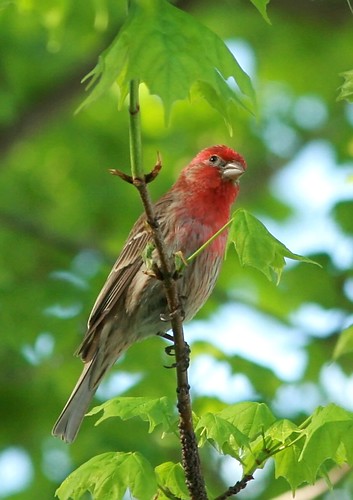
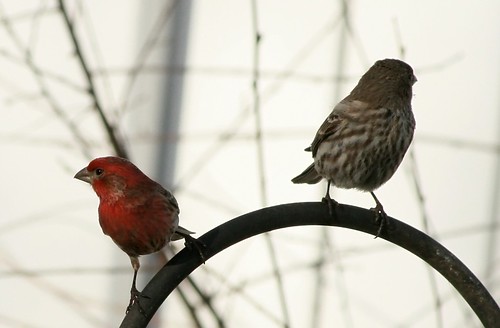
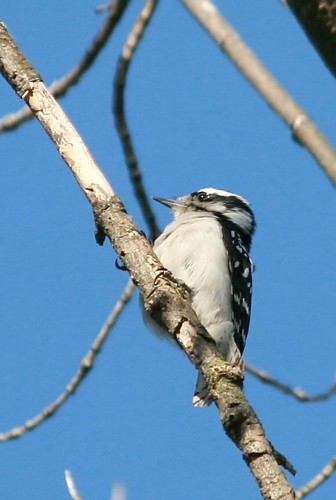




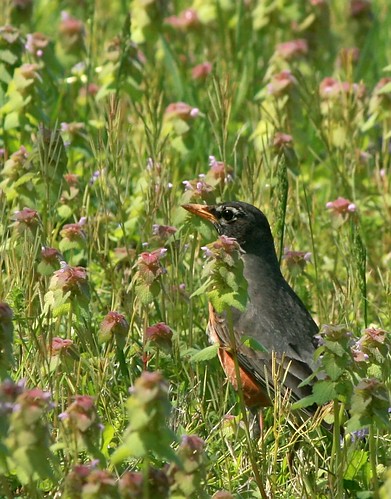
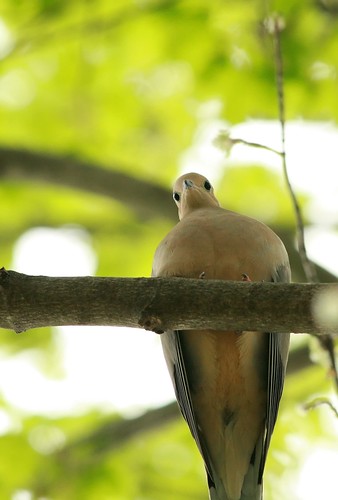

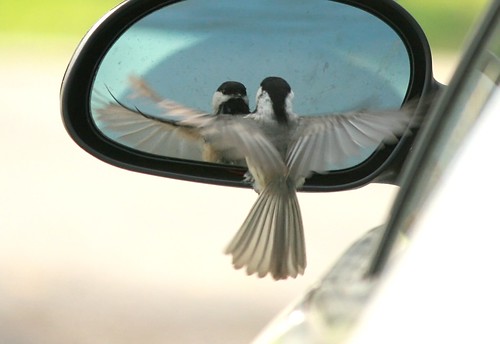

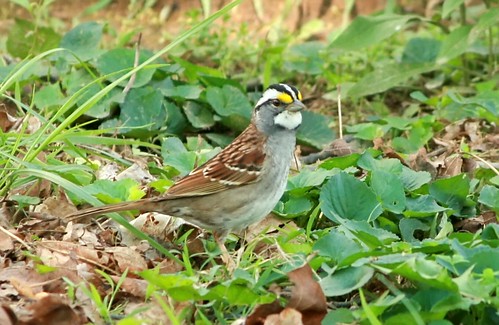
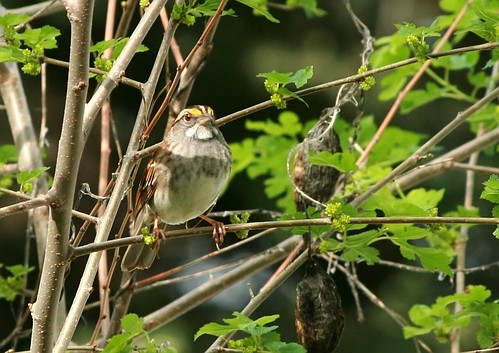
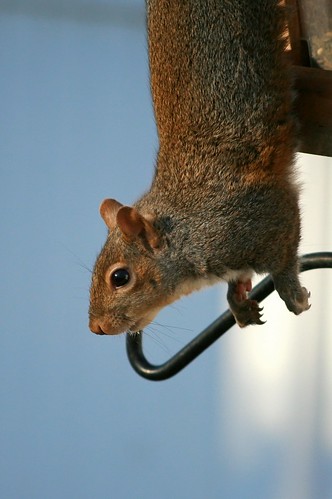

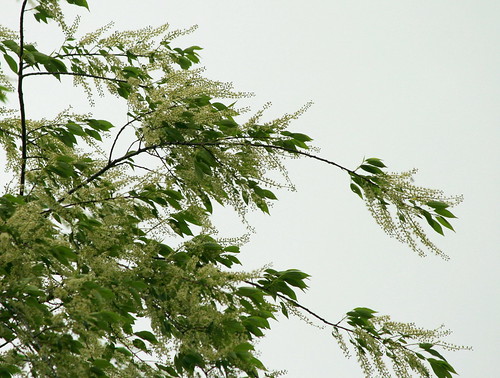
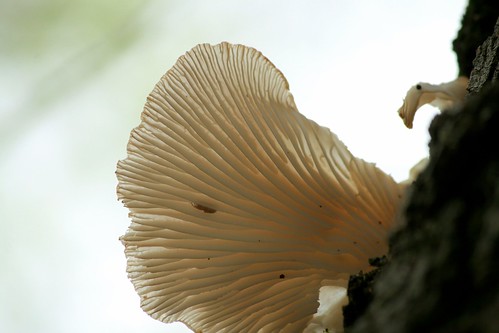


 Posted in:
Posted in: 

